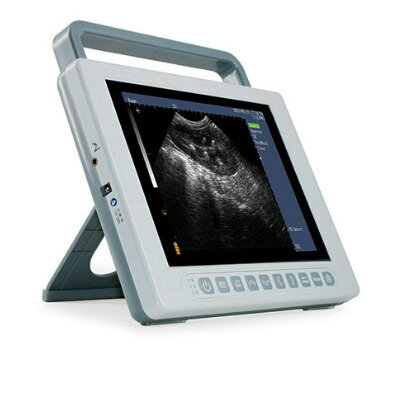PET Imaging Can Predict Survival in Patients with Brain Tumors
Posted on 18 Aug 2023
Glioblastoma is the most commonly occurring malignant primary brain tumor in adults and mostly has a grim prognosis. One protein connected to glioblastoma is Translocator protein (TSPO), which is expressed in the tumor. While PET radiotracers have been developed to bind to TSPO and can shed light on the characteristics of the tumor, there has been a lack of studies that demonstrate the clinical benefit of this approach. Now, a new study has found that PET imaging can help predict survival outcomes for patients suffering from this type of brain tumor.
Researchers at LMU University Hospital (Munich, Germany) have found a correlation between TSPO-PET imaging and reduced survival in patients newly diagnosed with glioblastoma who are undergoing radiotherapy. Their investigation focused on the relationships between TSPO-PET imaging using the F-18 GE-180 radiotracer and survival outcomes in a group of 45 patients with histologically confirmed isocitrate dehydrogenase (IDH) wild-type glioblastoma. The results were revealing: the median progression-free survival was 8.1 months, and overall survival was 10.8 months. At the time of the last follow-up after treatment, nearly all the patients (95.6%) had shown tumor progression, and the vast majority (88.9%) had passed away.

The research found that the level of tumoral uptake of F-18 GE-180 on the PET imaging had a significant connection to overall survival. Specifically, a high maximum standard uptake value (SUVmax) was linked to a considerably shorter overall survival time—8.3 months as opposed to 17.8 months. When compared with those patients exhibiting low tumoral uptake on TSPO-PET, patients with SUVmax higher than 2.2 faced a substantially elevated risk of death. The multivariate analysis found the hazard ratio to be 2.2. Glioblastoma continues to have limited successful treatment options, creating an urgent need for exploring new targets for both diagnostics and therapy. This study, however, offers a glimmer of hope, indicating that TSPO-PET imaging during the course of radiotherapy might serve as a potent tool in assessing treatment response.
"TSPO-PET seems to add prognostic insights beyond established clinical parameters and might serve as an informative tool as clinicians make survival predictions," noted the researchers.
Related Links:
LMU University Hospital














